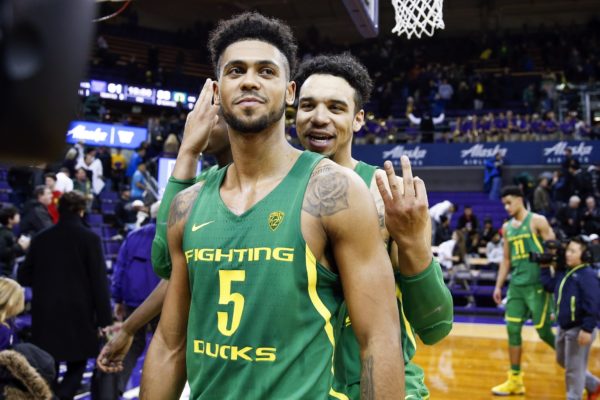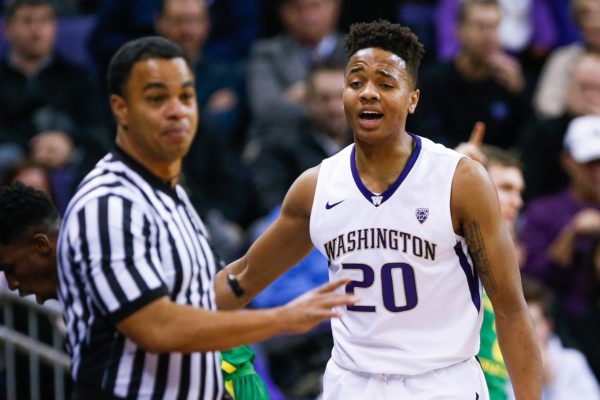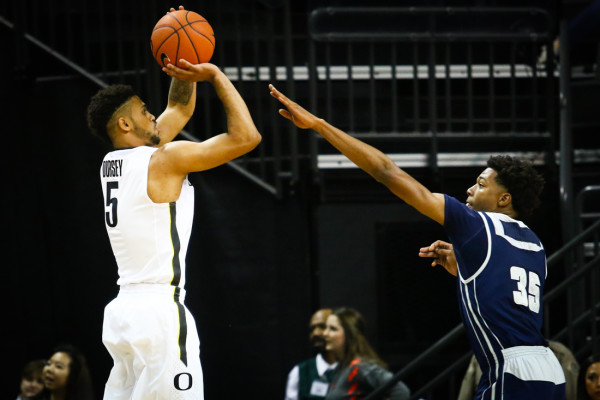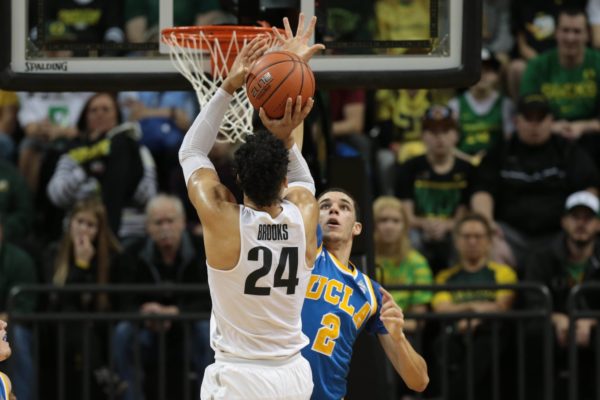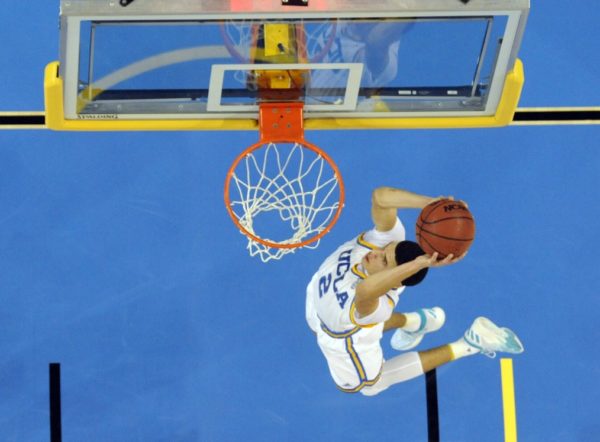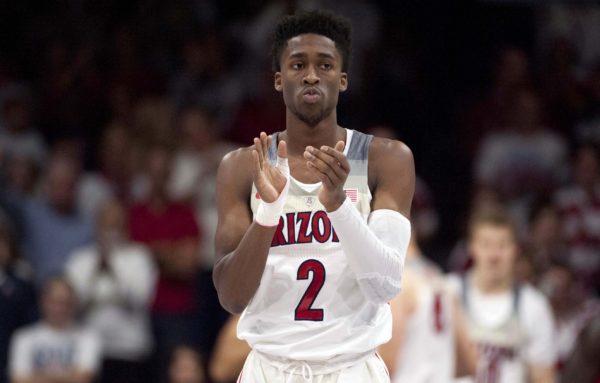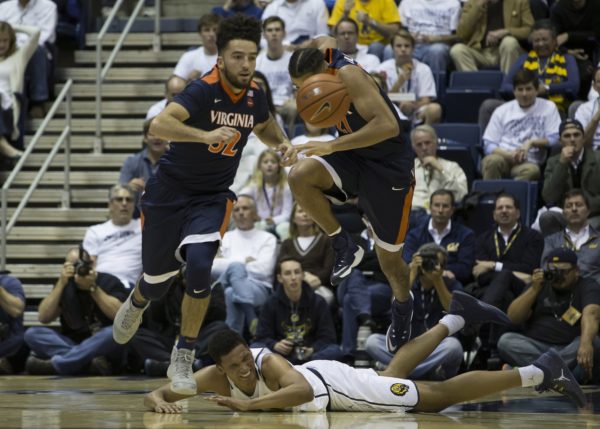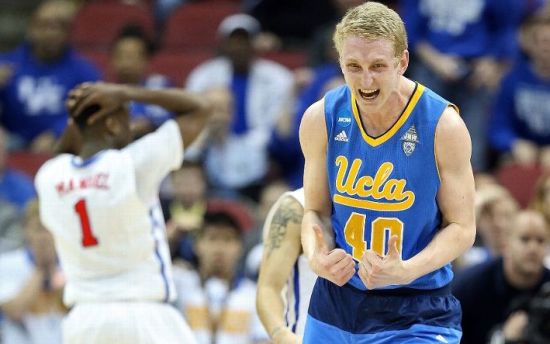Arizona’s Offense Has Saved Its Season
Posted by Mike Lemaire on January 13th, 2017When Parker Jackson-Cartwright sprained his ankle in a game against Texas Southern on November 30, Arizona head coach Sean Miller must have been worried. His team’s offense, already a concern because of the retirement of Ray Smith and the continued absence of Allonzo Trier, was about to lose its only true point guard. To that point, Jackson-Cartwright had amassed a healthy 37 assists to just 11 turnovers and it stood to reason that, with the Wildcats’ best playmaker hurt and the schedule only getting tougher, an inexperienced offense would struggle to score. Instead, Arizona lost just once in the six games Jackson-Cartwright missed (to unbeaten Gonzaga) and have yet to suffer a defeat since his return. A team that ranks 325th nationally in experience is now quietly 15-2 overall and keeping pace with Oregon and UCLA at the top of the Pac-12. Miller’s defense, of course, deserves a lot of credit. His pack line scheme is one of the stingiest in the country, but that’s true most every year — the man can teach defense. Rather, that Arizona’s offense ranks among the best 30 in the country is the story in Tucson.
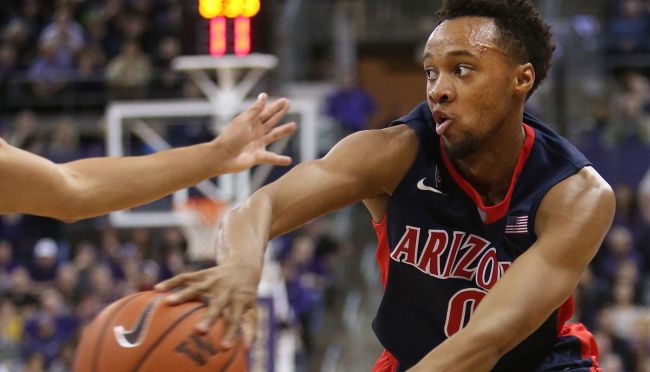
Parker Jackson-Cartwright’s ankle injury spelled doom for Arizona, but the ‘Cats never really missed a beat. (Tucson.com)
Arizona’s rotation effectively has one above-average three-point shooter and one above-average passer. It ranks 278th in adjusted tempo and 330th in its share of three-pointers taken within the offense. Yet the Wildcats average roughly 1.14 points per possession to this point (1.11 PPP in conference play), and if Trier can return at nearly 100 percent, they look like the third horse in what appeared to be a two-way battle for conference supremacy. It should be noted that Arizona’s offense has been more mediocre against top 100 opponents, but there are three key reasons why the team has been able to stay afloat offensively. Read the rest of this entry »





























